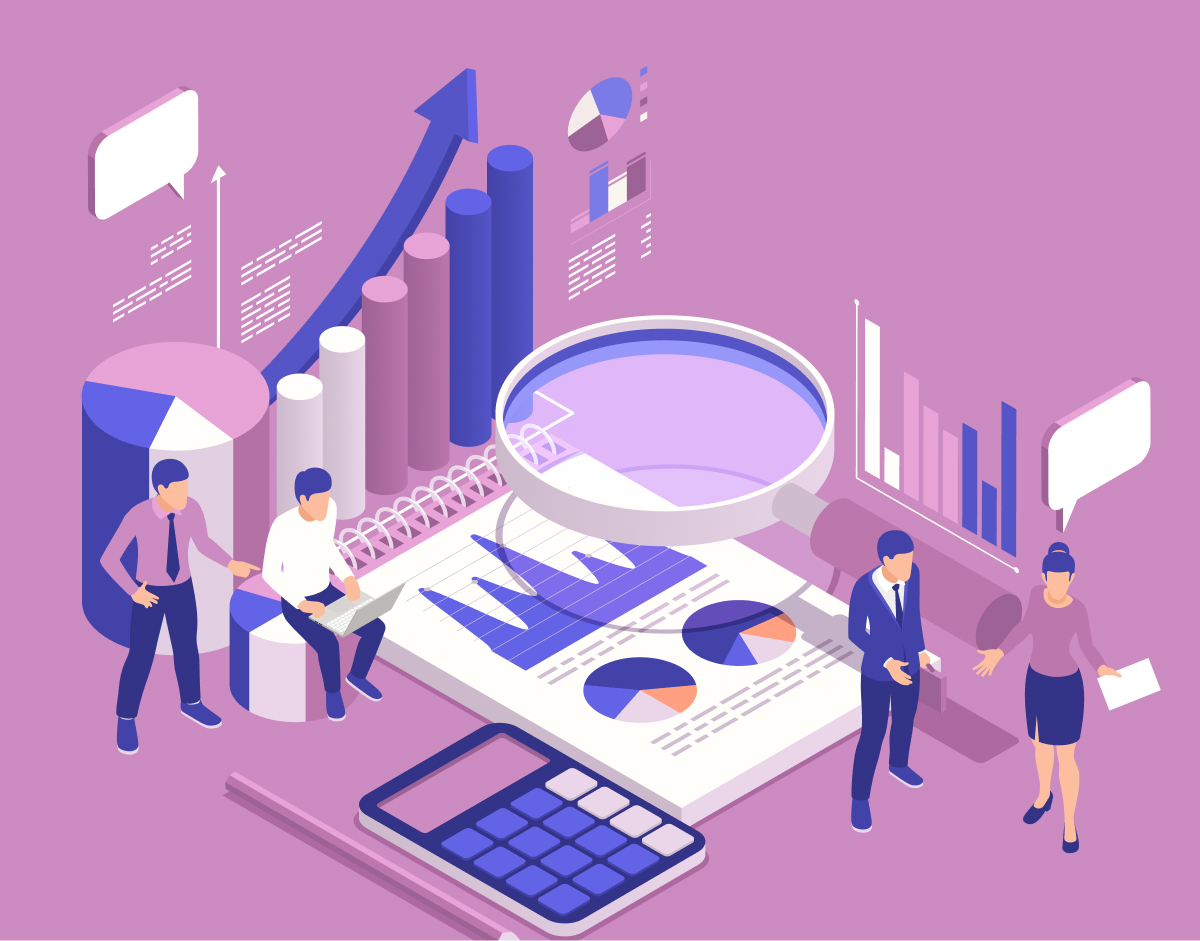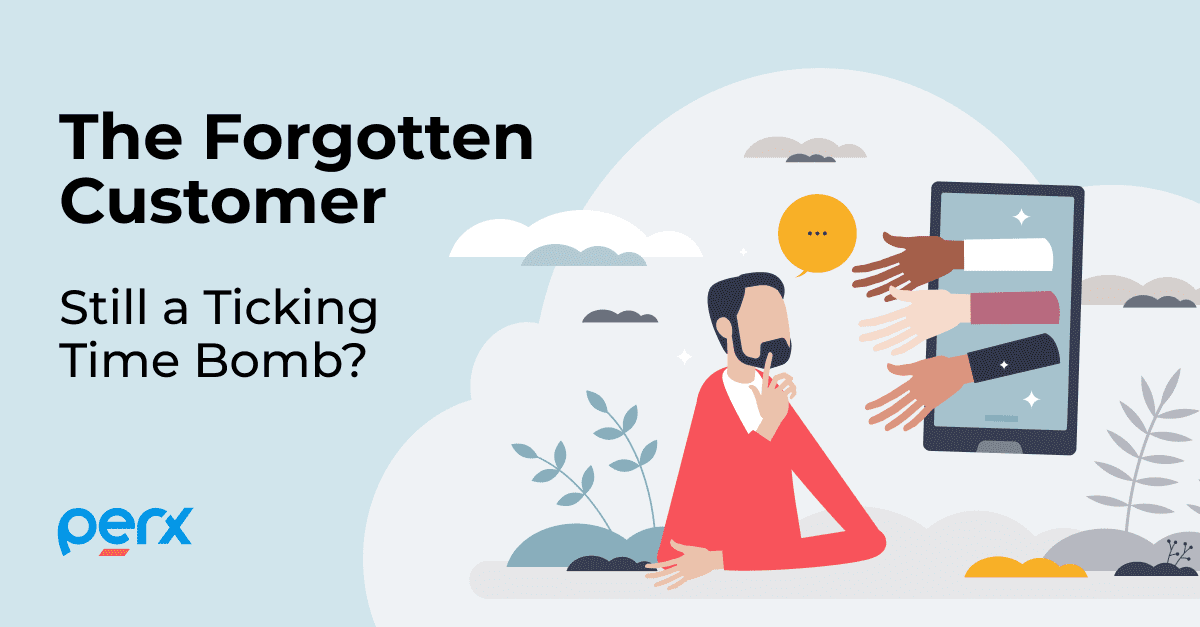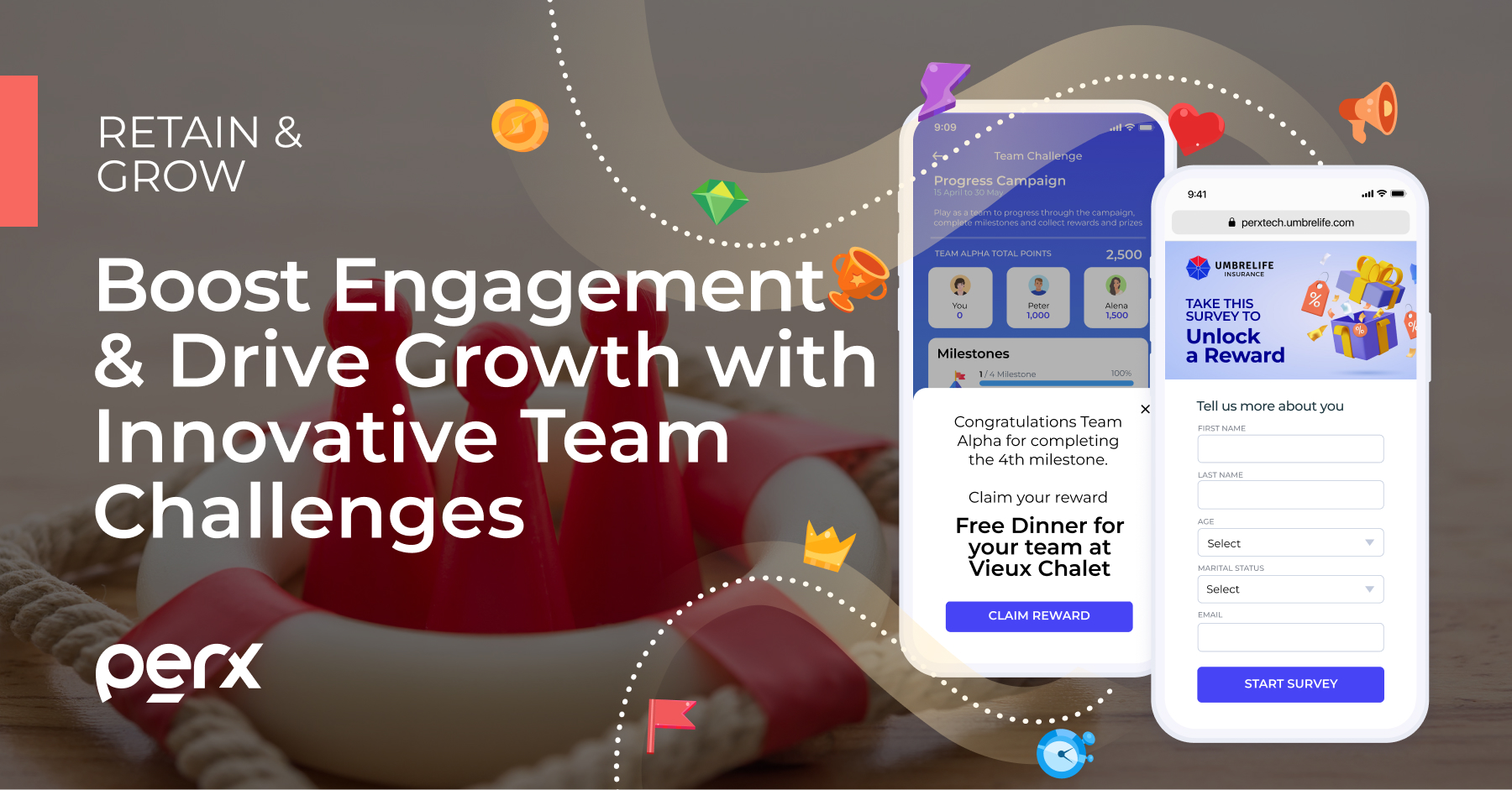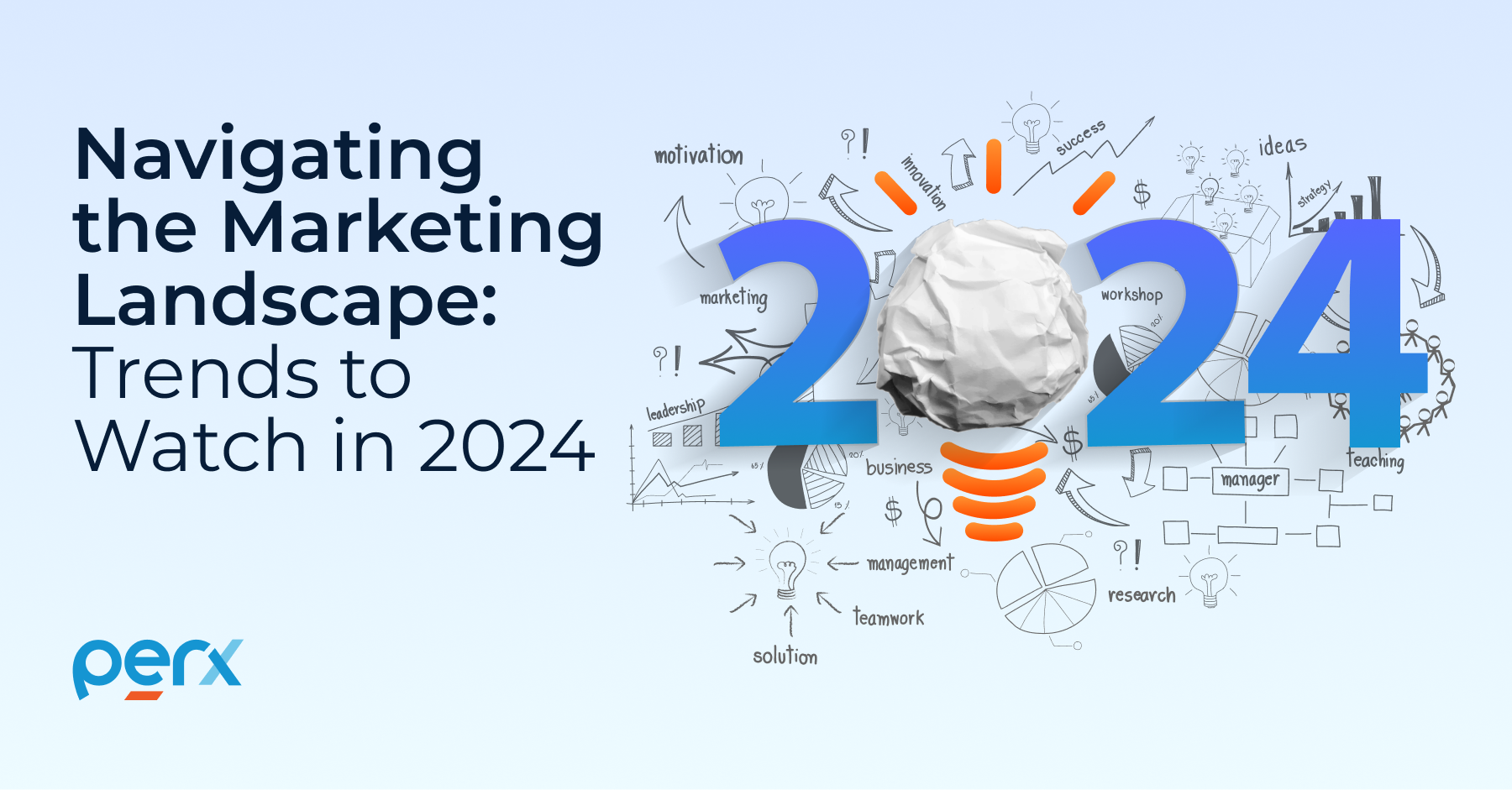The Cookieless Future: Strategies for Brands to Flourish After 2024

Navigating the Cookieless Future: A Guide for Brands to Thrive in 2024 and Beyond
Introduction
In the ever-evolving landscape of digital marketing, cookies have long been the cornerstone for advertisers to understand and reach their audiences. However, with Google’s announcement to phase out third-party cookies by 2024, the marketing world stands on the brink of a significant transformation. This change heralds a new era, one where privacy takes precedence and old tactics give way to innovative strategies. This blog delves into the implications of a cookieless future and offers insights for brands to reimagine their customer engagement strategies effectively.
Understanding the Cookieless Future
The cookieless future refers to a digital environment where third-party cookies, the small data files used to track users’ online behavior, are no longer a part of the advertising toolkit. The push towards eliminating these cookies stems from growing privacy concerns and regulatory changes such as GDPR and CCPA. As these tiny trackers fade into obscurity, marketers face the daunting task of reinventing strategies that have depended on them for decades.
Impact on Brands and Digital Marketing
The removal of third-party cookies disrupts the traditional methods of targeted advertising, customer tracking, and personalization that brands have relied on. Without these insights, the effectiveness of ads may decrease, making it challenging for marketers to measure campaign success and understand customer preferences as intimately as before.
Alternative Strategies for Customer Engagement
In this new landscape, brands need to pivot towards more sustainable and privacy-compliant methods of engaging with customers:
First-Party Data Collection: The focus shifts to first-party data, gathered directly from customers. Encouraging users to engage through newsletters, membership programs, and direct feedback can be instrumental. This direct line of communication ensures data accuracy and builds a trustworthy relationship between the brand and its customers. Skip to a real-life success story on First-Party Data Collection and Acquisition.
Contextual Advertising: Contextual advertising, which places ads based on the content of the website rather than user behavior, is making a comeback. This strategy aligns ads with relevant content, ensuring they reach an interested audience without infringing on personal privacy.
Tools like Google AdSense, Criteo, and Taboola offer sophisticated algorithms and machine learning technologies to align ads with website content, ensuring relevance without relying on user behavior tracking.


AI and Machine Learning: AI tools can analyze large datasets to predict customer preferences and personalize experiences. By leveraging AI, brands can navigate the post-cookie era effectively, delivering relevant content without relying on individual tracking.
Salesforce Einstein, Adobe Sensei, and IBM Watson Marketing are powerful tools that leverage AI for predictive analytics, customer journey analytics, and automated task management.
Privacy-First Approach: Transparency in data use and a robust privacy policy become crucial. A brand that respects consumer privacy and communicates its practices clearly will build trust and loyalty among its audience.
Partnerships and Collaborations: Forming partnerships can allow access to broader, aggregated datasets. Collaborations with platforms and publishers that align with the brand’s values and audience can be a strategic move in a world without cookies.
First-party Data Collection – A Real-World Success Story
Transforming Customer Acquisition in the cookieless future: A Digital Bank’s Success story

In a dynamic shift towards customer acquisition, a leading digital bank in Asia embarked on a groundbreaking social media campaign. Powered by gamification and instant-gratification, this pioneering approach reshaped the landscape of engaging with potential consumers.
Focusing on fostering connections and offering immediate rewards, the bank strategically designed a campaign to entice new consumers. By leveraging gamified elements, the bank made the process of sharing first-party data an engaging and rewarding experience. This unique approach not only facilitated data acquisition but also initiated a rewarding journey for the newly acquired customers.
The rewards were meticulously tailored to align with daily lifestyle needs, offering enticing perks such as ride-hailing and grocery vouchers. This strategic alignment ensured that the rewards were not just appealing but also highly relevant to the consumers’ everyday lives.
The results were nothing short of extraordinary. The campaign witnessed a surge in consumer willingness to share their first-party data, fostering a stronger connection between the brand and its prospective customers. The allure of daily lifestyle-oriented rewards proved to be a game-changer, resulting in a remarkable double-digit increase in customer acquisition.
What sets this success story apart is not just the surge in new customers but the incredibly low Customer Acquisition Cost (CAC) achieved by the bank. This achievement marked a historic milestone in the bank’s history, showcasing the efficacy of the innovative approach.
The integration of Perx-powered gamified mechanics played a pivotal role in transforming the bank’s traditional customer acquisition strategies. By infusing elements of gamification and instant-gratification into the campaign, the bank redefined the customer acquisition landscape, setting a new standard for engagement and acquisition in the digital banking sector.
In essence, this success story epitomizes the power of strategic innovation and customer-centric approaches. By prioritizing engaging experiences, aligning rewards with daily needs, and leveraging gamified mechanics, the bank not only acquired a substantial customer base but also set a benchmark for cost-effective and impactful customer acquisition strategies in the industry.
Preparing for the Transition
As 2024 approaches, brands must prepare for the transition:
- Audit current data practices to understand the reliance on third-party cookies.
- Invest in technology solutions that support first-party data collection and analysis.
- Train marketing teams in new strategies and tools to adapt to the cookieless world.
- Start testing alternative advertising methods now to understand what works best for your brand.
In Conclusion
The phase-out of third-party cookies is not just a challenge but an opportunity for brands to innovate and engage with their customers more genuinely and transparently. By embracing alternative strategies and focusing on building direct relationships with consumers, brands can not only adapt but thrive in the cookieless future. The time to start reimagining customer engagement is now, preparing for a world where privacy and personalization go hand in hand.
Recommended for you

Blogs

Sustainability

Blogs

Blogs

Blogs
Global businesses have driven over 5 billion customer-brand interactions on Perx.
Ready to join them?




















































